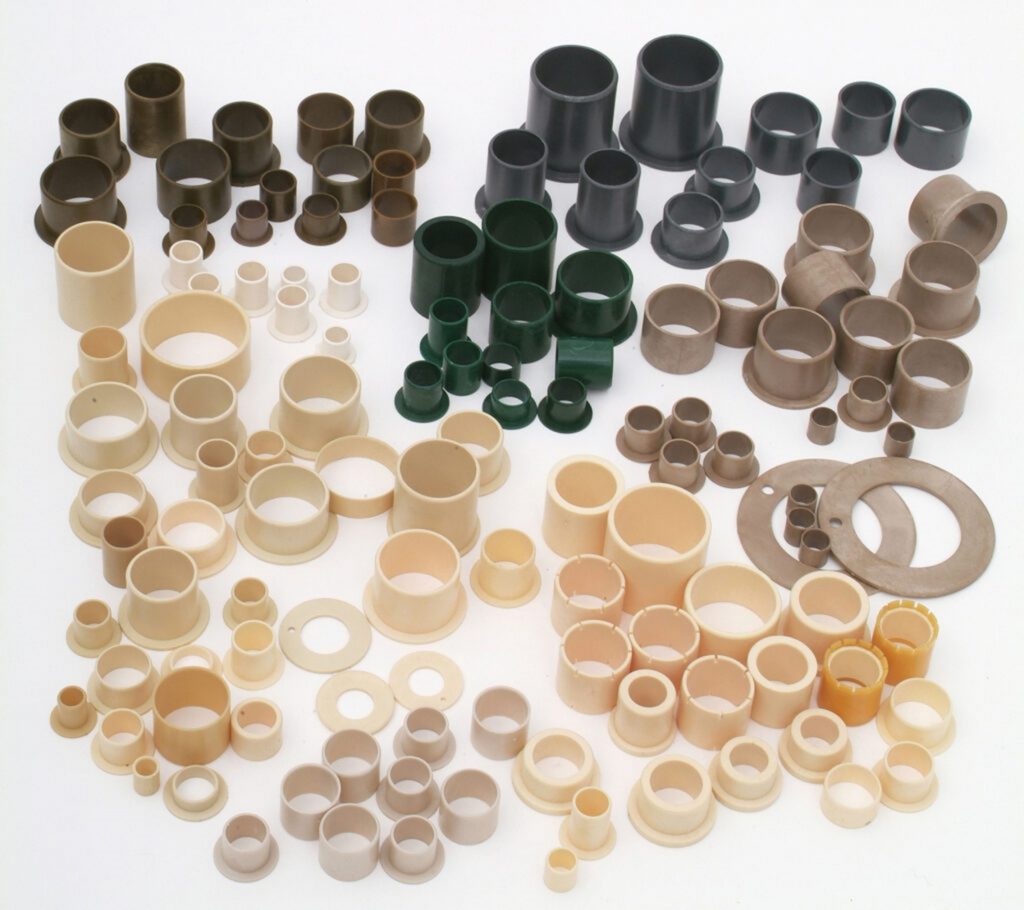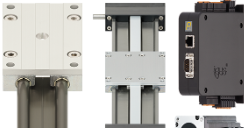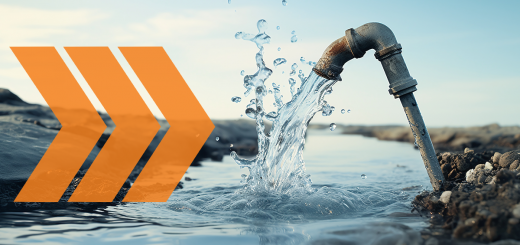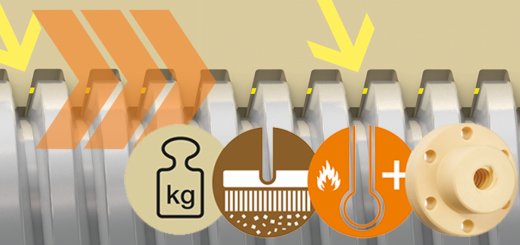Plain bearings – advantages and disadvantages at a glance
By Lars Butenschon
Are you unsure of whether plain bearings are really the better choice compared to their metallic counterparts? This post is intended to help you with this question.

The technology at a glance
Unlike rolling bearings, needle bearings or ball bearings, plain bearings do not consist of various individual moving parts. Plain bearings are one-piece components that consist at most of several materials in a single blend or firmly bonded together in layers. Different compositions or structures are used to make bearings suitable for different specifications.
All plain bearings are designed to slide, with motion occurring between the bearing and the adjacent machine parts to be supported.
Sliding friction behaves fundamentally differently from rolling friction and places different demands on surfaces and material properties. For example, drive torques to be applied are sometimes higher for plain bearings than for rolling bearings. Tilting moments can also be a problem if drives are placed at an offset.
Another challenge is heat dissipation. Plain bearings generate more frictional heat at high speeds and loads. This latter combination must either be avoided or dissipated by lubrication or special dissipative materials. The exact limit values depend on the respective plain bearing and are specified by the manufacturer.
The layered structure or the one-piece design can also offer great advantages. The design saves installation space, weight and costs compared with the more complex rolling bearings, needle bearings or ball bearings. In addition, plain bearings are usually less sensitive to contaminants such as dust and dirt. Unlike the vast majority of rolling bearings, needle bearings and ball bearings, plain bearings also usually do not need to be permanently lubricated.
In summary, the following advantages and disadvantages can be listed:
Advantages of plain bearings
- Very low space or installation space required
- Simple structure
- Cost-effective due to less complex production
- Lightweight, due to a simpler structure
- Easy assembly and disassembly
- Vibration-dampening (depending on material)
- Suitable to take high loads even longer term
- Quiet operation due to lack of moving parts
Disadvantages of plain bearings
- High load-speed combinations generate too much heat
- Tilting moments with offset drives difficult
- Higher drive torques required in some cases
- Bearing clearance mandatory
- Additional cooling / heat dissipation required depending on design and application
Do you still have questions? Our experienced territory sales managers in Canada can assist you to determine the most appropriate solution for your application. Free of charge, without obligation, you may contact us by phone at 1-800-965-2496, live chat or e-mail at orders@igus.com or meet with us in a virtual consultation or on site.
igus® has been manufacturing and supplying plain bearings since 1964 and supplies over 250,000 customers worldwide in a wide range of industries.



